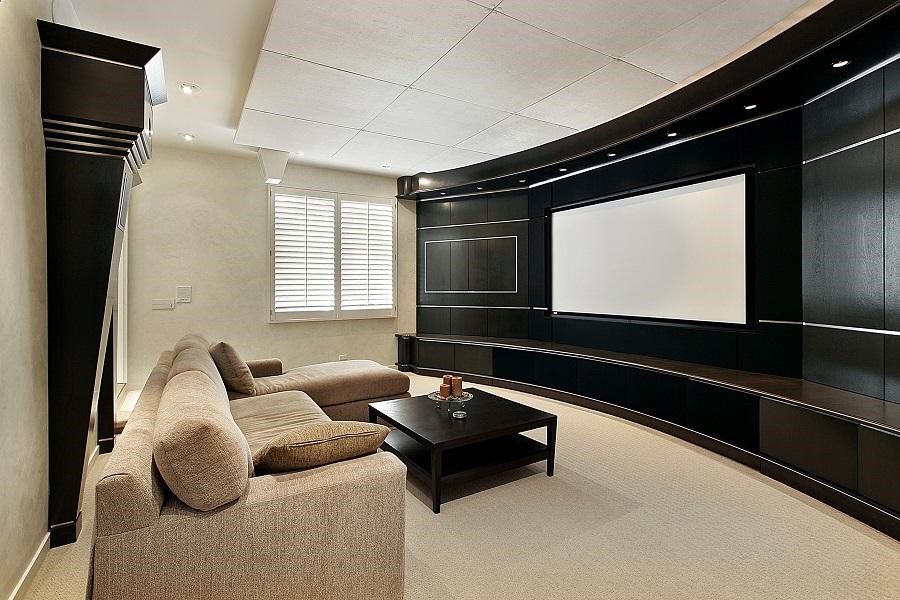
What Makes 4K Ultra-HD TVs Outshine the Competition?
Why Nothing Beats High-Definition 4K Displays for Crispness, Color, and Experience
Maybe you’re building a home theater that you want to outfit for entertaining. When you’re preparing to entertain within your home and want to create the most outstanding, immersive theater or media room possible, you know that the display takes center stage.
Whether you’re watching a highly anticipated live sports event or an award-winning movie, we bet that you want a clear, crisp picture. 4K Ultra HD can give you the quality you need to take the movie experience to a new level. Ready to dive into the benefits? Keep reading.
SEE ALSO: How Sony Helps You See True 4K in Your Home Theater Setup
More Pixels Than Ever
Ultra HD has a total resolution of 3840 pixels by 2160 — a slightly smaller resolution than the 4,096 x 2,160 resolution seen on cinema screens (which we refer to as Cinema 4K). That means that this impressive number of pixels can bring you the true movie-theater feel to your display.
When you think of it in simple tech terms, the increase in pixels means that the TV can transmit more information, creating a sharper, more brilliant picture.
Gorgeous Color
Ultra HD lets you see about four times as many colors as a standard, 8-bit television. If you think standard TV colors — like blue, green and red — are simple, think again.
Each pixel is divided into three subpixels for each of these primary colors so you can experience a lifelike variety of tones in each pixel. Pair that with the vast number of pixels we already mentioned and varying light level emitted by each, and you’re in for a spectrum of vivid color that captivates your imagination.
4K is Not a Fad Like 3D
Unfortunately for fans of the products, 3D TVs appear to have disappeared already. 3D users grew annoyed with strapping glasses on to enjoy the full effects of the display, and stores stopped selling them.
"Aside from a few pockets of interest by consumers in some countries, 3D TV never really captured the imagination of consumers in the bigger TV markets," said Mike McGuire, a Gartner research vice president. "Personally, I believe it's because the technology doesn't particularly add a lot to the overall appreciation/enjoyment of a lot of programming."
How is 4K different? 4K excites the naked eye, for one thing. You can also enjoy the high resolution from up closer to the TV than you could with any lower-resolution and pixel display, sans glasses or special Blu-Ray disks. Instead, you get consistent, quality visuals for all your favorite shows and movies, whether you’re watching DVDs, streaming Netflix or enjoying YouTube shorts.
Don’t Get Duped!
If you’re going shopping soon, you need to know what ultra-high definition is, so you know what to look for. Here are a few giveaways that you’re truly getting a 4K Ultra High Definition TV:
- A resolution of at least 3840x2160
- 10-bit color depth, allowing for 1,024 shades of each of the three primary colors red, green and blue, as opposed to the 256 approved by the current 8-bit standard
- Capability to display pixels at a certain brightness and darkness for HDR purposes. Adhering to these standards means blacks should look truly dark as opposed to opaque black, while whites should look crisp and bright.
Ready to install a 4K Ultra High Definition display in your Grapevine home? Let us transform your media room or theater with TV’s most talked about technology. Just call us at (817) 381-7262 or chat with us using the box to the bottom right.



